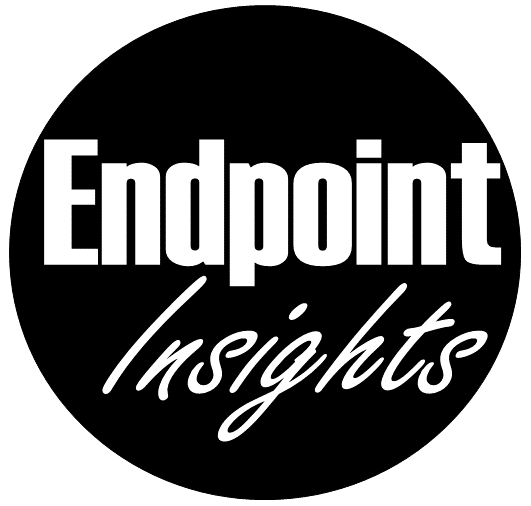Welcome to my blog! My name is Philipp Schindler and I am an experienced IT consultant in the area of Endpoint Management with Microsoft Tools. In this blog I would like to share my experiences and trends in Endpoint Management with you. I will show you how to manage your endpoints efficiently, securely and user-friendly, no matter if they are local, mobile or in the cloud.
Endpoint management is the art of managing, protecting and optimizing all the devices in your organization. This includes desktops, laptops, tablets, smartphones and even IoT devices. With endpoint management, you can increase employee productivity, ensure data security and reduce IT costs.
Microsoft offers a number of tools and services for Endpoint Management, which I will introduce in this blog. These include:
- Microsoft Intune: A cloud-based solution for unified endpoint management across different operating systems. Intune lets you manage device configurations, applications, updates, policies and more.
Configuration Manager: An on-premises solution for managing desktops, Windows servers, and laptops on your network or web-based. Configuration Manager lets you manage data centers, apps, software updates, and operating systems.
- Co-Management: A way to combine your existing Configuration Manager investments with some of Intune’s cloud-based capabilities. With co-management, you can move some workloads to the cloud and use the web-based Intune Admin Center.
Endpoint Analytics: a cloudnative service that provides metrics and recommendations on the health and performance of your Windows client devices. With Endpoint Analytics, you can view startup performance, frequency of reboots, list of apps that impact user productivity, and more.
- Windows Autopilot: A service that allows you to enroll and provision new Windows 10/11 devices for your organization without having to create or maintain an image. Windows Autopilot lets you configure and personalize devices remotely.
- Azure Active Directory: a cloud-based identity service that allows you to authenticate and authorize your users and devices. With Azure AD, you can use single sign-on, multifactor authentication, conditional access, and more.
I hope you find this blog useful and learn something new. If you want to learn more about me, visit my LinkedIn profile: https://www.linkedin.com/in/philipp-schindler-7988801b8/. I look forward to your feedback and questions in the comments. See you soon!
If you like to get in touch with me use the following form: Contact
